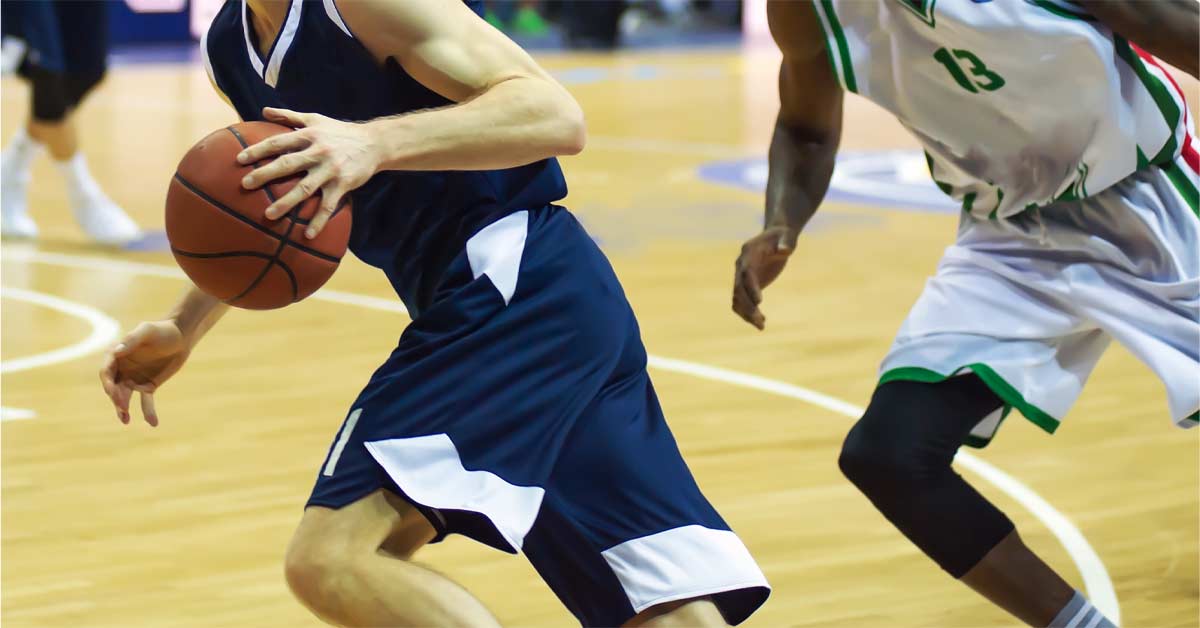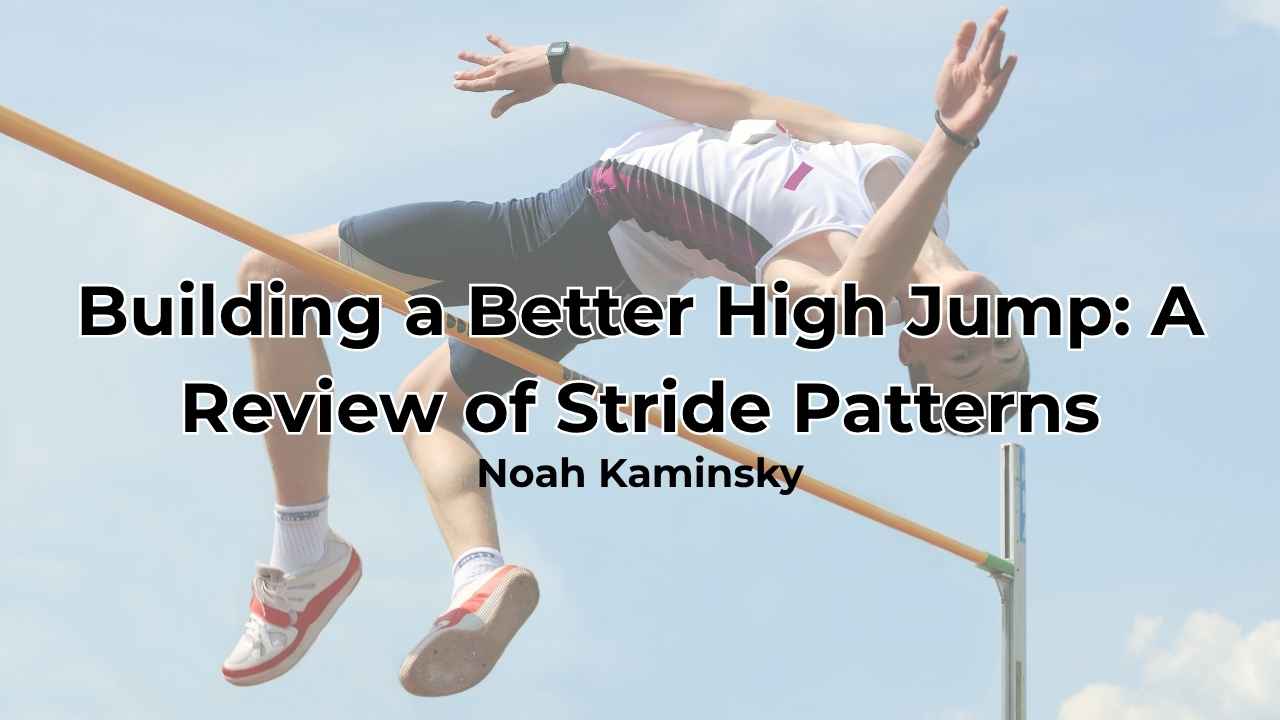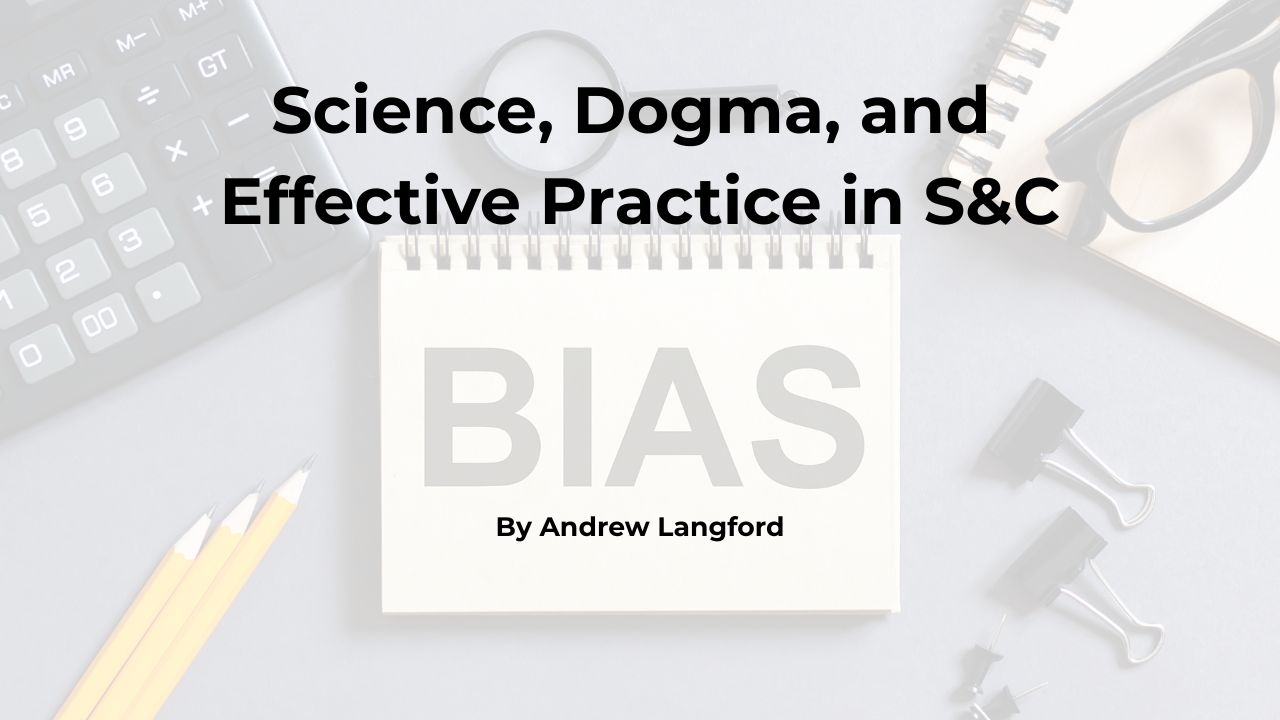[mashshare]
Brijesh Patel joined Quinnipiac University in August 2008 as the athletic department’s Head Strength and Conditioning Coach. Patel previously held the title of Assistant Strength and Conditioning Coach at the College of the Holy Cross in Worcester, Massachusetts. He primarily works with the men’s and women’s basketball and ice hockey teams at Quinnipiac, but also oversees strength and conditioning development for all 21 varsity sports at the school. Patel was nominated for the National Strength and Conditioning Coach of the Year award in 2016 and 2018.
Freelap USA: What is your take on absolute strength development for basketball players, and where does this fit into a program as athletes progress from freshmen to seniors?
Brijesh Patel: Absolute strength is a “big rock” in how we develop our basketball athletes. Currently, basketball athletes can play year-round, and part of our training philosophy is to help balance out the demands that are being placed upon them. The way we are able to accomplish this is by giving them what they are not receiving on the court during their technical and tactical work—this is essentially the opposite of what they are getting.
During their skill work, they get a high volume of reactive strength work that is low load in nature and a higher emphasis on speed. I don’t want to continue to give a high dose of this in the weight room because it could create too much tissue load. I’ve found that by focusing on developing their strength in the weight room through the use of lower volumes and higher loads, we are able to raise their potential for speed and power.
By focusing on developing athletes’ strength in the weight room through the use of lower volumes and higher loads, we are able to raise their potential for speed and power. Share on XOnce we have improved an athlete’s relative strength to the point that they can trap bar deadlift 2.5x their body weight, we shift to improving their rate of force development. Sometimes this may occur with sophomores or it may occur with seniors.
Freelap USA: How does speed and movement training for basketball fit in context of the specific demands of the game?
Brijesh Patel: Movement is the name of the game, and their ability to effectively position themselves to reduce and produce force to redirect their movement can dramatically affect an athlete’s ability to perform their skills. As I mentioned before, our basketball athletes are getting a high number of repetitions with their technical and tactical work. Some of this is footwork, but it’s predominately done with a ball. During game play, only 1 out of 10 people on the court will have the ball at a time. Therefore, it is crucial that we improve our athletes’ abilities to move efficiently and effectively on the court so they can position themselves on the court to make plays when needed.
Increasing strength without placing an emphasis on how to apply the force is not maximizing training, says @bpatel515. Share on XSpeed and movement training can be taught in a number of ways and for different purposes. We like to follow this paradigm when it comes to teaching and looking at movement:
- Can you get into position? We teach this through isometrics with a heavy emphasis on increasing sensory awareness and feeling.
- Can you get in and out of position? We teach this through emphasizing eccentric action of movements.
- Can you get in and out of position with load? We teach this through traditional strength training.
- Can you get in and out of position with speed? We teach this through plyometrics and through speed development drills and exercises.
- Can you get in and out of position with speed repeatedly? We teach this through power endurance training and developing our ability to repeat sprints and high-velocity movements. Our conditioning plays a large role here.
Increasing strength without placing an emphasis on how to apply the force is not maximizing training and will not optimize a basketball athlete’s athletic development. It must be trained and improved.
Freelap USA: What are the biggest injury risks you see in your population, and how do you address them?
Brijesh Patel: Injuries in basketball are occurring at an alarming rate these days. Injuries can either be classified as acute (traumatic) or chronic (overuse). Common sites of injuries are the ankles, knees, shoulders, and low back.
I don’t believe that we can prevent any injury, but rather reduce the chance that injuries can occur. The likelihood of some acute injuries is difficult to reduce as they may occur through contact or collision with another body. Non-contact injuries can be reduced by improving an athlete’s awareness of their body and their positioning, which I explained previously. Chronic injuries are becoming more prevalent as incoming freshmen all seem to have some “-itis” or joint laxity.
We address most of these by improving an athlete’s ability to sense and feel the proper muscles involved in a movement. This enables us to change firing patterns to improve their mechanics, so they aren’t putting too much stress on their problem areas. We may have to regress movements, increase the amount of isolation exercises, add inhibitory strategies (RPR, PRI, soft tissue, stretching) to reduce the tone of dominant areas, or do exercises with a machine to really develop the sensory awareness to improve the appropriate firing patterns.
The other way we address solving the injury epidemic is by managing overall training load. This is done through communication with our basketball coaching staff and by having a daily and weekly dialogue with practice plans, individual work, and extra shooting. We talk about volumes (time on feet) and intensities of each activity and assist in designing the plan.
The other way we address solving the injury epidemic is by managing overall training load, says @bpatel515. Share on XInjuries are very difficult to predict, but having a sound, balanced, and well-thought-out plan can help manage athletes throughout a season. This piece is a good read.
Freelap USA: What are the primary conditioning markers that you like to see athletes hit in their preparation?
Brijesh Patel: We place a heavy emphasis on building work capacity. Work capacity is what allows basketball athletes to repeat their efforts intra-session, inter-session, and throughout a week.
Over the years, we have looked at different ways to assess our conditioning. We used shuttle tests, bike tests, and the beep test. The beep test has repeatedly shown us where our conditioning is. We look for our post players to score over level 11 and our guards to be over level 13. I like the continuous nature over the yo-yo because of the mental component and really seeing how our athletes can focus, channel their energy, and truly compete when the beep intervals start to shorten. I have found it beneficial over time.
Freelap USA: What will be the biggest areas of improvement in high-performance basketball preparation in the coming decade?
Brijesh Patel: I have worked with basketball athletes for over 15 years and have seen them change dramatically in that time. When I started, basketball players despised training, and most had little to no experience entering college. They didn’t care much about their nutrition or their recovery habits. Over the years, I’ve had more and more basketball athletes with some level of training or weight room experience, and more have inquired about yoga, vegan diets, and sleep than ever before.
I think there is a greater level of awareness in college athletes because NBA teams and players have invested in their performance strategies more than previous generations. College athletes watch Instagram videos, see tweets, and read articles about how their role models prepare themselves, and they want to emulate the methods.
I think there is a greater level of awareness in college athletes because NBA teams and players have invested in their performance strategies more than previous generations. Share on XWe still get our fair share of athletes who have little to no training experience and poor recovery habits and do not know how to fuel their performance, but it has improved. I think we will see better strength and conditioning in high school and AAU programs. I think there will be better nutritional awareness, but their actual nutrition habits still won’t be great.
Since you’re here…
…we have a small favor to ask. More people are reading SimpliFaster than ever, and each week we bring you compelling content from coaches, sport scientists, and physiotherapists who are devoted to building better athletes. Please take a moment to share the articles on social media, engage the authors with questions and comments below, and link to articles when appropriate if you have a blog or participate on forums of related topics. — SF
[mashshare]





